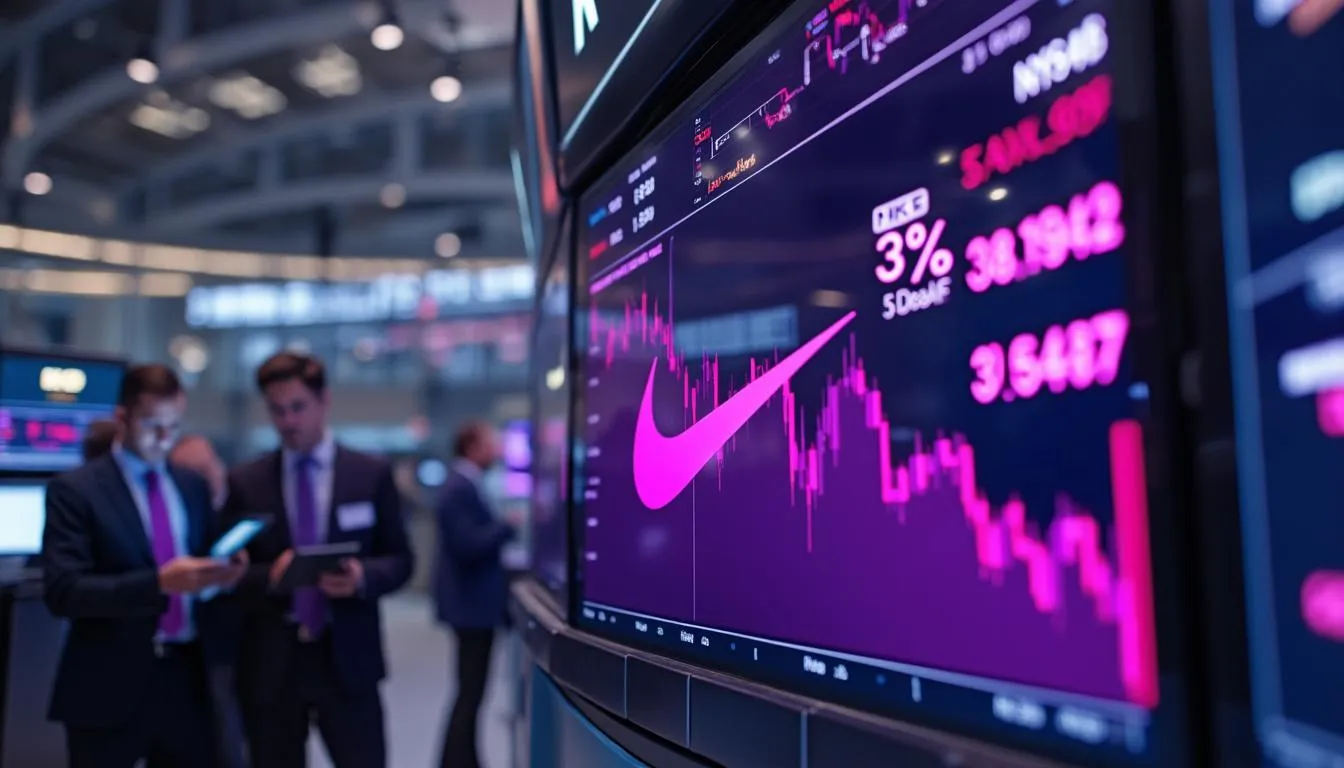A Change in Perspective: Why PayPal’s Analyst Upgrade Matters Now
PayPal Holdings, Inc. (PYPL), a global leader in digital payments, just received a notable analyst upgrade: Seaport Research Partners moved their rating from ‘Sell’ to ‘Neutral.’ While not a full endorsement, this reversal marks a critical shift in sentiment for a company widely regarded as a bellwether in the fintech sector. PayPal’s business model, which revolves around facilitating seamless online and mobile transactions for consumers and merchants worldwide, sits at the intersection of e-commerce and digital finance. Analyst upgrades—or even shifts to neutrality—are influential for investors, often signaling that a stock’s risk/reward profile has materially improved, or that previous headwinds may be abating. In PayPal’s case, the upgrade arrives after a period of underperformance and heightened skepticism, suggesting that the worst may be behind.
Key Takeaways
Analyst Upgrade Impact: Seaport Research Partners has shifted PayPal from ‘Sell’ to ‘Neutral,’ signaling reduced downside risk and a reassessment of PayPal’s prospects.
Stock Price Resilience: Shares have rebounded from April lows near $55.85 to the current $71.62, reflecting a 28% recovery over three months.
Market Volatility: Despite recent S&P 500 weakness, PayPal’s stock has stabilized, underpinned by sector-wide momentum in fintech and payments.
AI and Innovation Narrative: Recent news highlights PayPal’s focus on AI-driven growth, with industry experts citing technology as a critical catalyst.
Analyst Confidence: Seaport Research is respected for fundamental, data-driven calls—making this upgrade a meaningful signal for institutional investors.
Seaport Research’s Upgrade: Analyst Reputation and Sector Context
The Analyst’s Perspective
Seaport Research Partners is known for its rigorous, fundamental approach to equity research. While not the largest Wall Street firm, Seaport’s calls are closely watched by institutional investors seeking differentiated, data-driven opinions. Their prior ‘Sell’ rating reflected deep skepticism about PayPal’s competitive positioning and growth trajectory. The move to ‘Neutral’ suggests that either execution risk has moderated or that the valuation now more reasonably reflects underlying risks.
This upgrade comes amid a broader reassessment of fintech stocks, many of which, like PayPal, have struggled with profitability concerns, competitive threats (from the likes of Apple Pay, Stripe, and Square), and a post-pandemic hangover in online transaction growth. Seaport’s shift is thus significant not because it is bullish, but because it signals a reduction in perceived downside and a possible inflection point for sentiment.
“When a fundamentally skeptical firm like Seaport moves a stock off ‘Sell,’ it’s often a sign that the bear case is losing steam—even if the bull case isn’t quite convincing yet.” — DeepStreet
Strategic Sector Positioning
PayPal’s business model—intermediating digital payments globally—remains robust, with deep merchant relationships, a massive user base, and expanding offerings in crypto and AI-driven fraud detection. The company’s ability to innovate and defend its share in a fragmenting market is critical to its long-term thesis. Seaport’s upgrade, set against this context, suggests that competitive and execution risks are starting to look more manageable.
PayPal Stock in Focus: Recent Performance and Financial Health
Price Action: From Capitulation to Recovery
PayPal’s shares have been on a volatile ride over the past year. The stock bottomed at $55.85 in April 2025, representing peak investor pessimism, before rallying nearly 28% to $71.62 at the time of writing. This recovery, while impressive, still leaves the stock considerably below its 52-week high of $93.66 set in December 2024. The average daily volatility has hovered near 2%, with most recent trading sessions reflecting increased stability as volume has normalized.
Date | Price Range | Volume |
|---|---|---|
Apr 7, 2025 | $55.85 | High |
Dec 9, 2024 | $93.66 | Moderate |
Jul 14, 2025 | $71.62 | Low |
The sentiment ratio over the past year is slightly positive (up days: 133, down days: 113), but technical indicators such as the 20-day EMA ($73.55) and RSI (48.5) indicate a market in consolidation, with neither strong overbought nor oversold conditions.
Financials: A Foundation for Confidence, or Just a Floor?
PayPal’s core financial metrics (latest figures):
Revenue: Continued growth, albeit at a slower pace, as e-commerce tailwinds moderate
Earnings: Stabilizing after prior quarters of margin pressure
Cash Flow: Remains robust, giving room for strategic investments and potential buybacks
The focus for investors is on PayPal’s ability to reignite growth and defend margins in a tougher competitive landscape. Seaport’s upgrade implies that, while headwinds persist, the company’s fundamentals are no longer deteriorating at a rate that justifies a bearish call.
Thematic Catalysts: AI, Product Innovation, and Sector Trends
Recent News and Narrative Impact
Recent headlines have shaped the market’s view of PayPal:
AI and Transaction Growth: Zacks Investment Research highlighted PayPal, Visa, and Mastercard for their use of AI to boost security and payment volume. This aligns with management’s messaging that AI will be a key differentiator in fraud detection and customer experience.
Market Volatility: Investopedia reported that PayPal’s stock dipped with the broader S&P 500 pullback but noted that sector momentum remains constructive.
Cautionary Analysis: Invezz warned of persistent risks, including competitive pressure and the need for continued innovation.
“PayPal stock price has bounced back after bottoming at $55.8 in April this year. It rose to $77.23, its highest level since February 26.” — Invezz, July 10, 2025
Expert Opinions: Between Bearishness and Cautious Optimism
The consensus among market observers is that PayPal’s prospects are improving, but the path forward is not without risk. The company’s ability to harness AI, expand its merchant ecosystem, and defend its transaction margins are seen as the key determinants of future multiple expansion.
Valuation and Upside: What the Upgrade Means for Investors
Potential Upside: Where Do Shares Go From Here?
With no explicit price target provided in the latest Seaport Research note, investors must look to the technical and fundamental context for clues. Relative to its 20-day and 50-day moving averages, PayPal’s current price suggests that the market is in a wait-and-see mode, with upside capped barring a major catalyst. However, the removal of an outright ‘Sell’ rating can trigger short covering and incremental institutional interest, providing some near-term lift.
Risk-Reward Profile: Is Neutral the New Bullish?
The shift from ‘Sell’ to ‘Neutral’ can be seen as an acknowledgment that PayPal’s downside risk is now much lower. For value-oriented investors, this opens the door for further research—particularly as the company pivots toward AI and renews its focus on operational efficiency.
Bottom Line: Inflection Point or Temporary Respite?
While Seaport Research’s upgrade stops short of ringing the all-clear bell, it signals a material change in risk perception for PayPal. The key insight is that the bear case is weakening, and the company’s fundamentals are stabilizing. The onus is now on management to deliver on innovation and margin improvement, but with sentiment shifting, PayPal may finally be positioned to reward patient capital again.

.svg)
.svg)
.svg)
.svg)

.svg)

.svg)
















